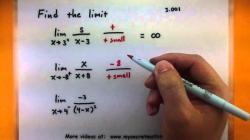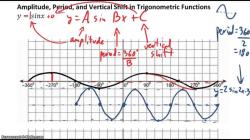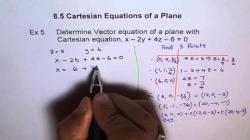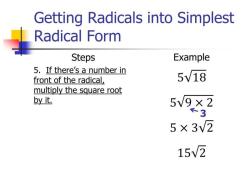How do you calculate log value?
You can calculate logarithm values using a calculator or mathematical software, or you can use logarithm tables for manual calculations. The most common logarithms are base 10 (common logarithm) and base e (natural logarithm). Here's how to calculate log values:
Using a Calculator:
- Most scientific calculators have built-in logarithm functions. To calculate the logarithm of a number, follow these steps:
- Enter the number you want to find the logarithm of.
- Press the "log" or "ln" button for the common or natural logarithm, respectively.
- The calculator will display the logarithm value on the screen.
- Most scientific calculators have built-in logarithm functions. To calculate the logarithm of a number, follow these steps:
Manual Calculation Using Logarithm Tables (base 10):
- Logarithm tables are used for manual calculations, and they provide logarithm values for various numbers. Here's how you can use them:
- Locate the page in the logarithm table corresponding to the desired range of values.
- Find the number in the table, and the corresponding logarithm value will be listed.
- Logarithm tables are used for manual calculations, and they provide logarithm values for various numbers. Here's how you can use them:
Using the Change of Base Formula:
- You can also calculate logarithms with a different base (not just base 10 or e) using the change of base formula. The formula is as follows:
- log_b(a) = log_c(a) / log_c(b)
- Where:
- log_b(a) is the logarithm of "a" with base "b."
- log_c(a) is the natural logarithm (logarithm with base "e") of "a."
- log_c(b) is the natural logarithm of "b."
- You can use this formula when you have a calculator or software that provides natural logarithms.
- You can also calculate logarithms with a different base (not just base 10 or e) using the change of base formula. The formula is as follows:
For example, to calculate the base 2 logarithm of 8:
- log_2(8) = log(e, 8) / log(e, 2)
- log(8) / log(2) ≈ 3
So, log_2(8) is approximately equal to 3.
Calculating logarithms is a useful tool in various fields, including mathematics, science, engineering, and finance. Depending on the specific base and context, you may use different methods or resources to calculate logarithmic values.
How to calculate the logarithm (log) of a numerical value?
There are two main ways to calculate the logarithm of a numerical value:
- Using a calculator: Most calculators have a log function that you can use to calculate the logarithm of a number. To do this, simply enter the number and press the log button.
- Using the following formula:
log(x) = y
where:
- x is the number that you want to calculate the logarithm of.
- y is the power to which the base of the logarithm must be raised to get x.
For example, to calculate the logarithm of 10 to the base 10, you would use the following formula:
log(10) = y
where:
- x = 10
- y = 1
This is because 10 raised to the power of 1 is equal to 10.
What is the mathematical process for determining the log value of a number?
The mathematical process for determining the log value of a number is based on the following definition:
The logarithm of a number is the power to which the base of the logarithm must be raised to get that number.
For example, the logarithm of 10 to the base 10 is 1, because 10 raised to the power of 1 is equal to 10.
How to use logarithms in mathematical and scientific calculations?
Logarithms are used in a variety of mathematical and scientific calculations, including:
- Solving exponential equations: Logarithms can be used to solve exponential equations, such as the following:
2^x = 100
To solve this equation, we can take the logarithm of both sides of the equation. This gives us the following equation:
log(2^x) = log(100)
We can then simplify the left-hand side of the equation using the following rule of logarithms:
log(a^b) = b * log(a)
This gives us the following equation:
x * log(2) = log(100)
We can then divide both sides of the equation by log(2) to solve for x. This gives us the following solution:
x = log(100) / log(2)
- Calculating compound interest: Logarithms can be used to calculate compound interest, which is the interest that is earned on interest. Compound interest is calculated using the following formula:
A = P(1 + r/n)^(nt)
where:
- A is the accumulated amount
- P is the principal amount
- r is the annual interest rate
- n is the number of times the interest is compounded per year
- t is the number of years
Logarithms can be used to solve for any of the variables in this formula.
- Calculating pH: Logarithms can be used to calculate the pH of a solution, which is a measure of how acidic or basic a solution is. pH is calculated using the following formula:
pH = -log([H+])
where:
- [H+] is the concentration of hydrogen ions in the solution
Logarithms can also be used to calculate other scientific quantities, such as the half-life of a radioactive substance and the magnitude of an earthquake.












